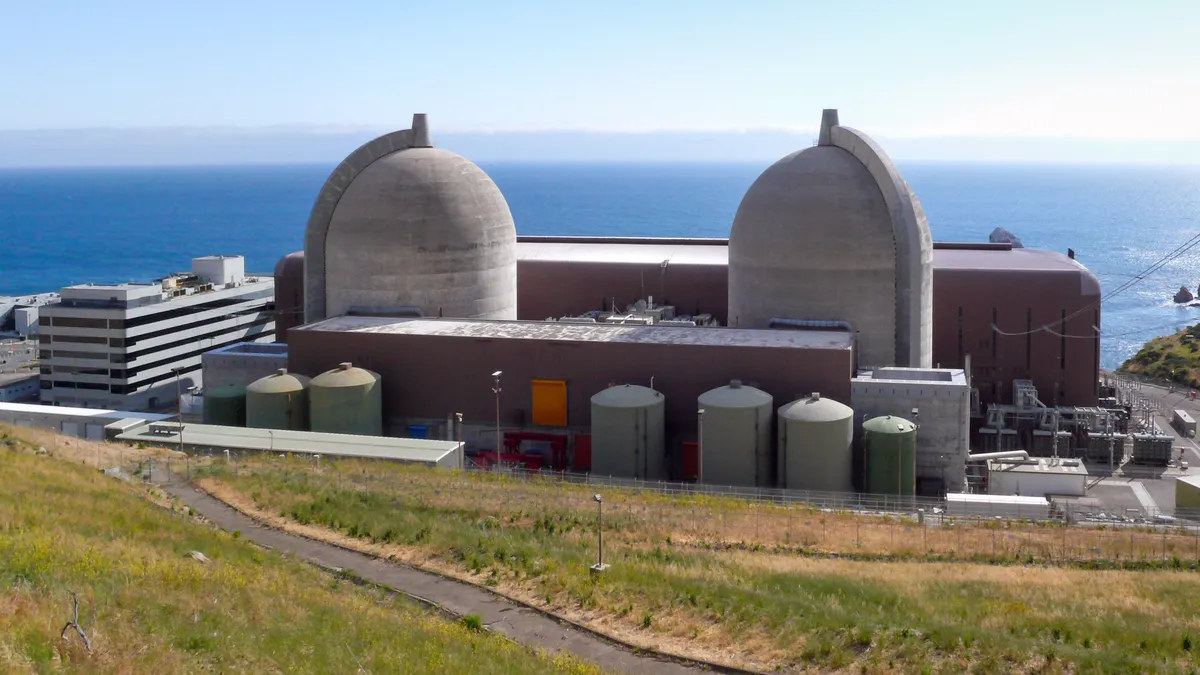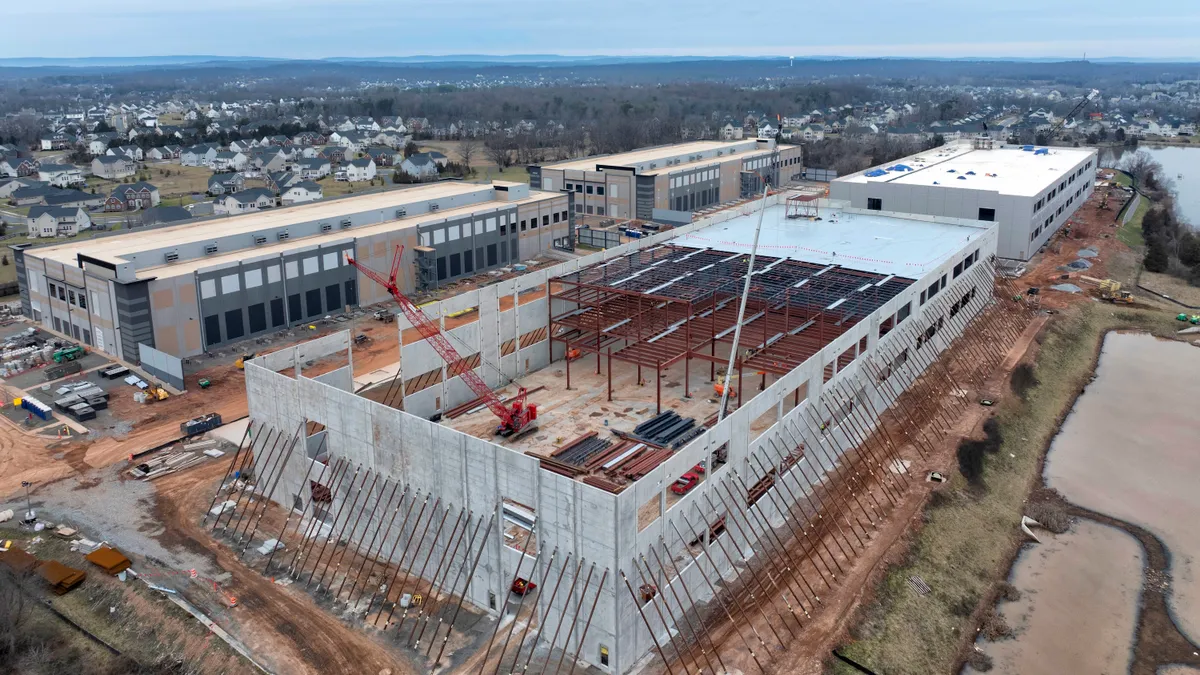It’s no surprise that the energy industry is undergoing unprecedented change today. Driven by a number of factors, including innovations in renewable energy generation, the emergence of new entrants into the energy industry and the proliferation of smart meters (to name a few), utilities are transitioning from transactional, commodity-based business models to improving the customer experience similar to familiar brands like Amazon and Netflix.
This shift necessitates a dramatically new way of thinking about customers. The era of consumers just mailing in a paper bill and then disengaging until the next month is declining rapidly. Today, business changes brought about by digitalization and personalization are no more avoidable for electricity providers than they are for other consumer-facing companies, like banks and insurers.
That said, as we’re in the middle of this widespread industry transformation, it’s important to keep close tabs on the voice of energy consumers. What changes do they actually want to see from their electricity providers? And what new programs and services are actually garnering interest?
The state of energy consumers today
To address these questions and more, we recently conducted an analysis of three of our consumer research projects from 2017 and two third-party research reports, the Department of Energy’s “Voices of Experience: Integrating Intermittent Resources” and Mission:data Coalition's “EmPOWERED Consumer”, which provided additional source material on distributed energy resources and energy data, respectively.
Using these inputs, along with case studies on programs from Pacific Gas & Electric and Georgia Power that also published in 2017, the resulting “State of the Consumer” report seeks to better understand energy consumers — their perceptions, attitudes and needs — and leverages this understanding to formulate actions that utilities and other energy service providers can take to better serve and engage their customers.
Here are three notable things we found about the wants and needs of energy consumers today.
1. Consumers are clear about support for clean energy investments
Renewable energy — both distributed and utility-scale — is coming on the grid at a record pace, but how do most U.S. consumers feel about this transition?
Based on our nationally representative consumer surveys from 2017, support for cleaner and more sustainable energy resources is high across the board. For example, the “Consumer Pulse and Market Segmentation Study – Wave 6” results, one of the major inputs in the “2018 State of the Consumer” report, found that the vast majority of consumers (82 percent) “favor clean energy investments when no additional cost [to consumers] is involved.”
However, even when we look at incorporating an additional cost for clean energy investments, overall support still remains high. For example, 41 percent of consumers indicate they are willing to pay an additional $15 per month for access to clean energy resources, such as solar, wind, geothermal and biomass.
Further, when we dug into the millennial generation’s interest in renewable energy, we found a pronounced increase in support. Compared to 41 percent of all U.S. consumers, more than two-thirds of millennial respondents reported a willingness to pay extra to support the integration of renewable energy resources into the grid to help reduce greenhouse gas emissions. More than half of millennials also found the concept of rooftop solar appealing.
2. Is more data a good thing in the eyes of consumers?
Data is everywhere these days, and it’s impacting both the back-end and consumer-facing operations at electricity providers. But do consumers actually see value in their energy data? Or is it just more meaningless clutter in their already digitally inundated lives?
Interestingly, consumers do see value in their energy data. When asked about their interest in various utility programs and services, like home energy management and pre-paid billing, real-time energy usage information garnered the second highest level of interest, at 63 percent, behind only real-time outage reporting, which is also reliant on smart meter data.
Millennials, again, appear to be even more interested than older generations in energy data. More than 75 percent of them are interested in home energy reports, and similarly high levels are interested in both real-time energy usage information and receiving data-powered savings suggestions via a mobile app or website portal.
Our research has shown repeatedly that control over home energy usage is one of the most important values for energy consumers after monetary savings. Many consumers clearly see home energy data and data-driven products and services as a means to maintaining control while also potentially realizing financial benefits.
3. Peak-shifting programs are a win for consumers (and for utilities)
Time-of-use rates are becoming increasingly widespread, with several states mandating their adoption in the coming years. These plans offer numerous benefits to electricity providers; however, do consumers actually see potential benefits for themselves? And are they interested in participating?
While interest is not quite as high as clean energy investments and energy data programs, our research did find that a majority of consumers are interested in programs that encourage and reward them for reducing or shifting their electricity usage during periods of high demand. The aforementioned “Consumer Pulse” study, for example, found that 59 percent of U.S. consumers were either “probably interested” or “definitely interested” in participating in such a program. Again, with millennials, we see a slightly higher trend here.
Notably, in our “Spotlight on Renters” report, we also found that there’s no considerable difference in interest in peak-shifting programs between homeowners and renters. More Americans rent today than any time in the past 50 years, and meeting the unique needs of this subset of consumers will be crucial for the future of the utility industry. Since peak-shifting programs require neither financial investments nor the involvement of landlords/property managers, there appears to be a unique opportunity for engagement with renters for these kinds of programs. Further, since renters often have lower household incomes, the program incentives offered (e.g., bill credits or rebates) are likely to be even more appealing and influential to them.
Conclusion
The energy sector today is in the midst of widespread change, a key part of which is being driven by new ways of thinking about energy consumers. No longer a luxury, strategies for effective consumer engagement are increasingly viewed as a cornerstone for electricity providers seeking to be successful in a smart energy future.
A major part of this new outlook for electricity providers is staying ahead of evolving consumer needs and expectations, and the “2018 State of the Consumer” report provides a blueprint for several actions that electricity providers can take today and moving forward. The report shows that across the board, consumers welcome the “utility of the future”. They desire a shift to renewable energy and are ready for new programs that can help them take control of their home energy use and help them save money as well.
Patty Durand is President & CEO of the Smart Energy Consumer Collaborative.




















